I've ran the brown-clustering algorithm from https://github.com/percyliang/brown-cluster and also a python implementation https://github.com/mheilman/tan-clustering. And they both give some sort of binary and another integer for each unique token. For example:
0 the 6
10 chased 3
110 dog 2
1110 mouse 2
1111 cat 2
What does the binary and the integer mean?
From the first link, the binary is known as a bit-string, see http://saffron.deri.ie/acl_acl/document/ACL_ANTHOLOGY_ACL_P11-1053/
But how do I tell from the output that dog and mouse and cat is one cluster and the and chased is not in the same cluster?
